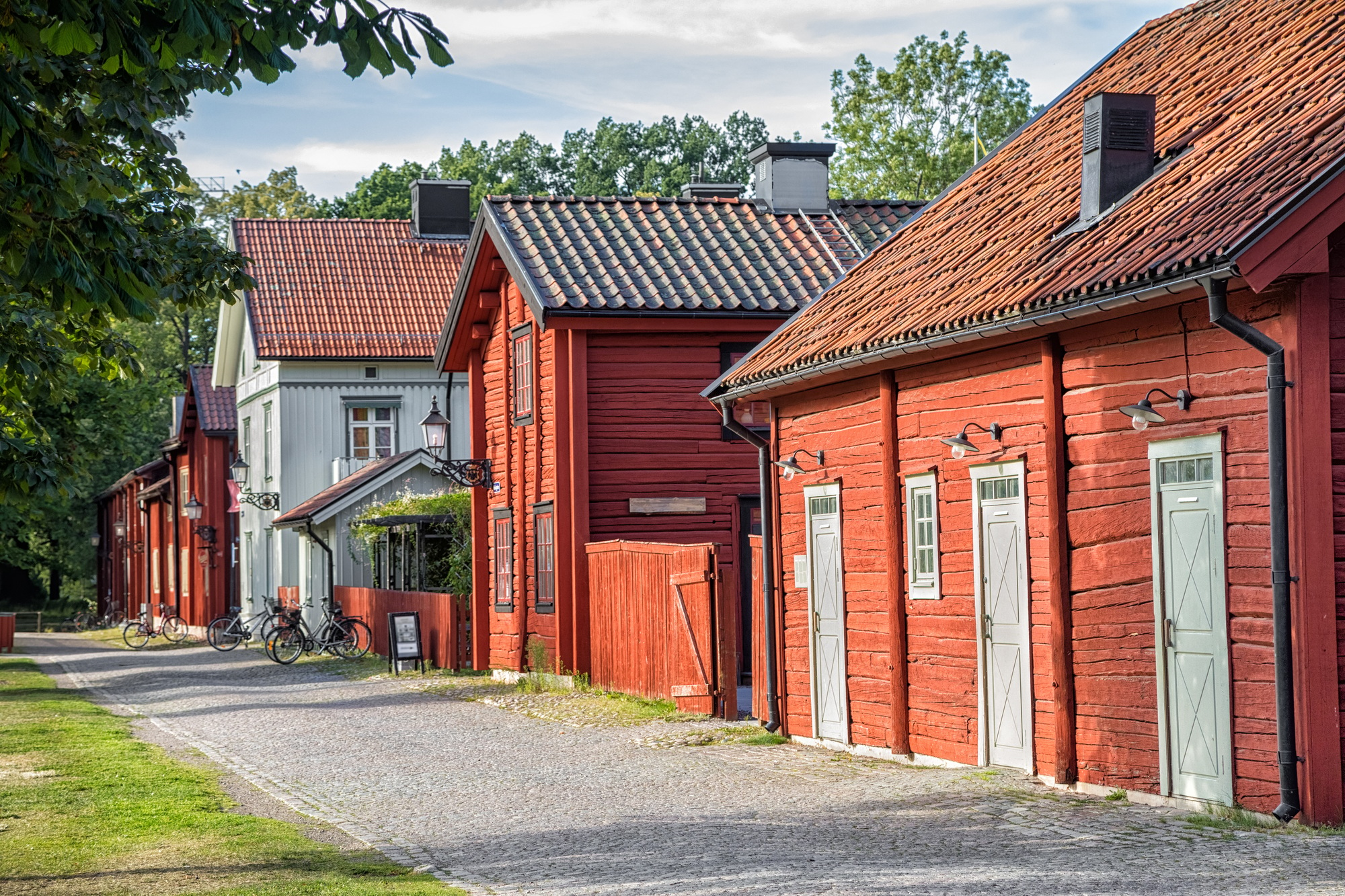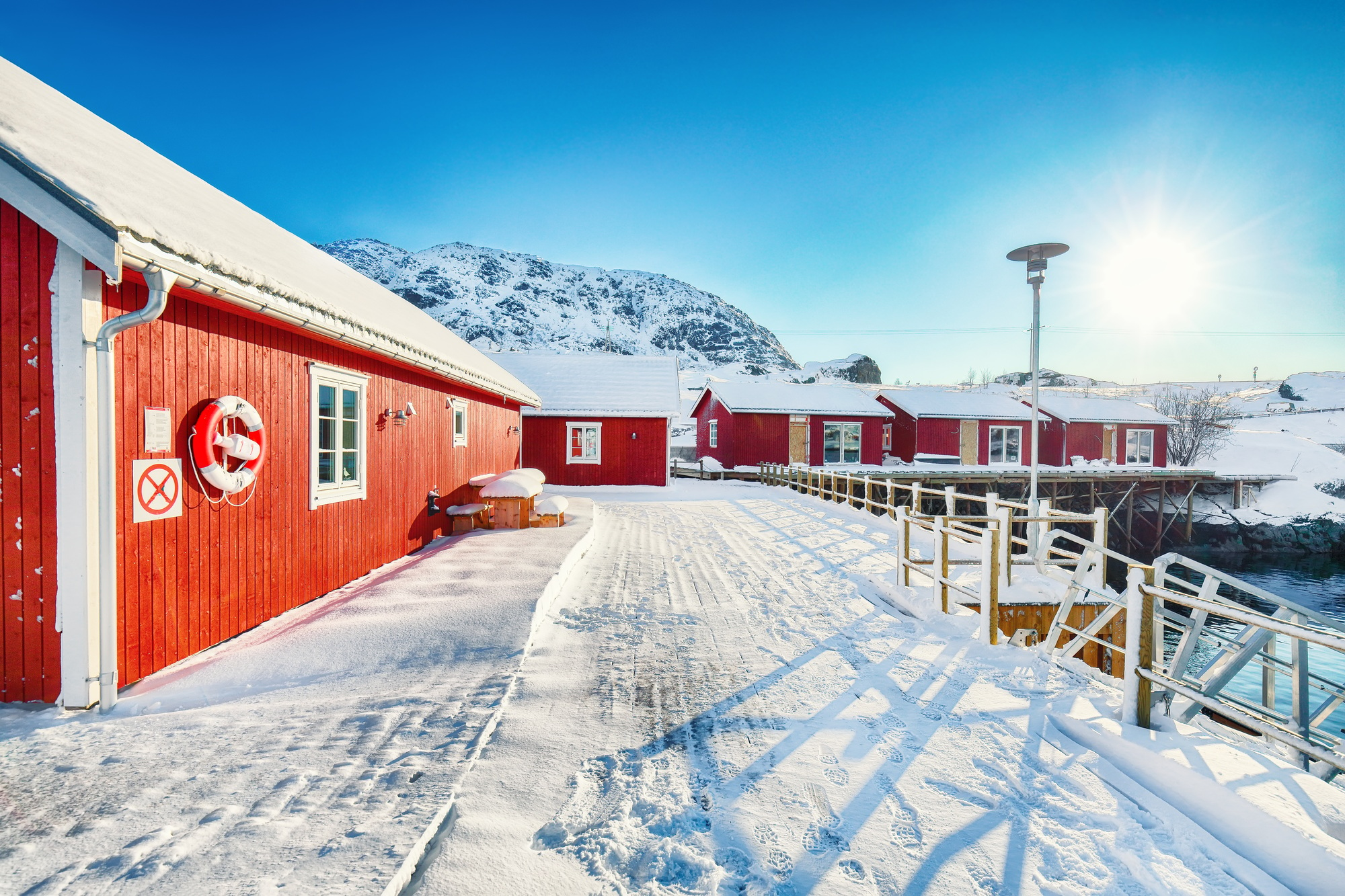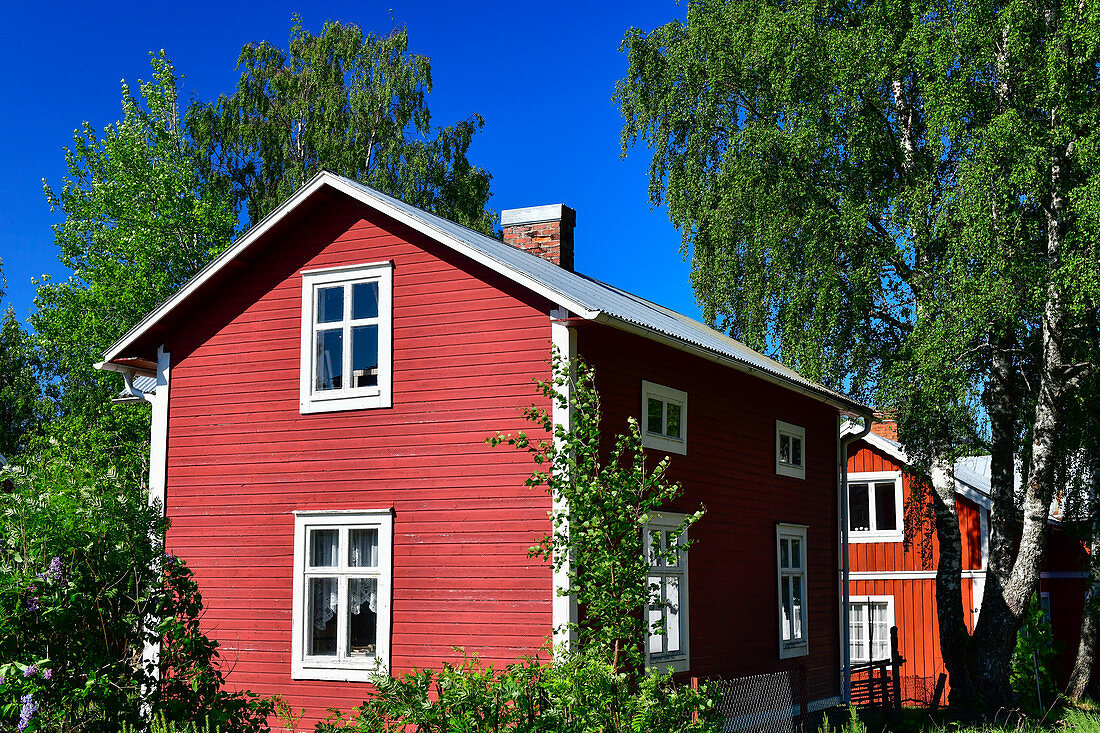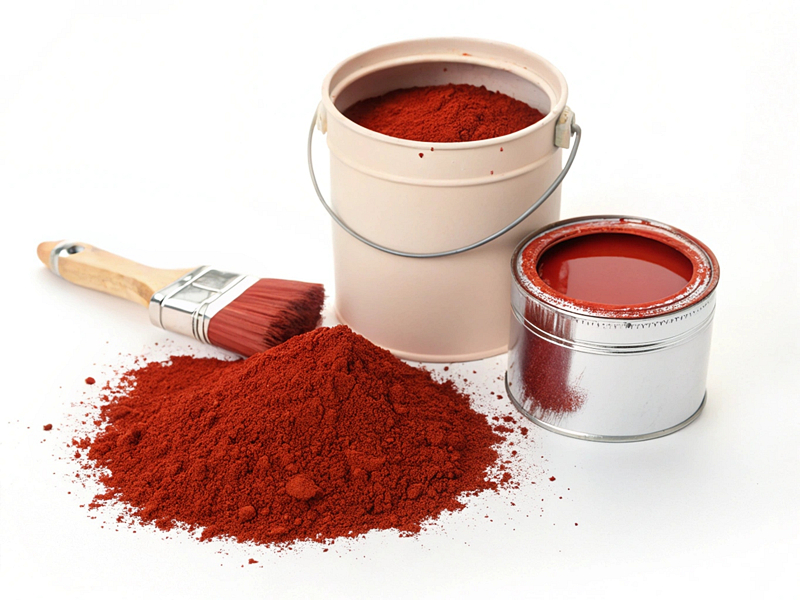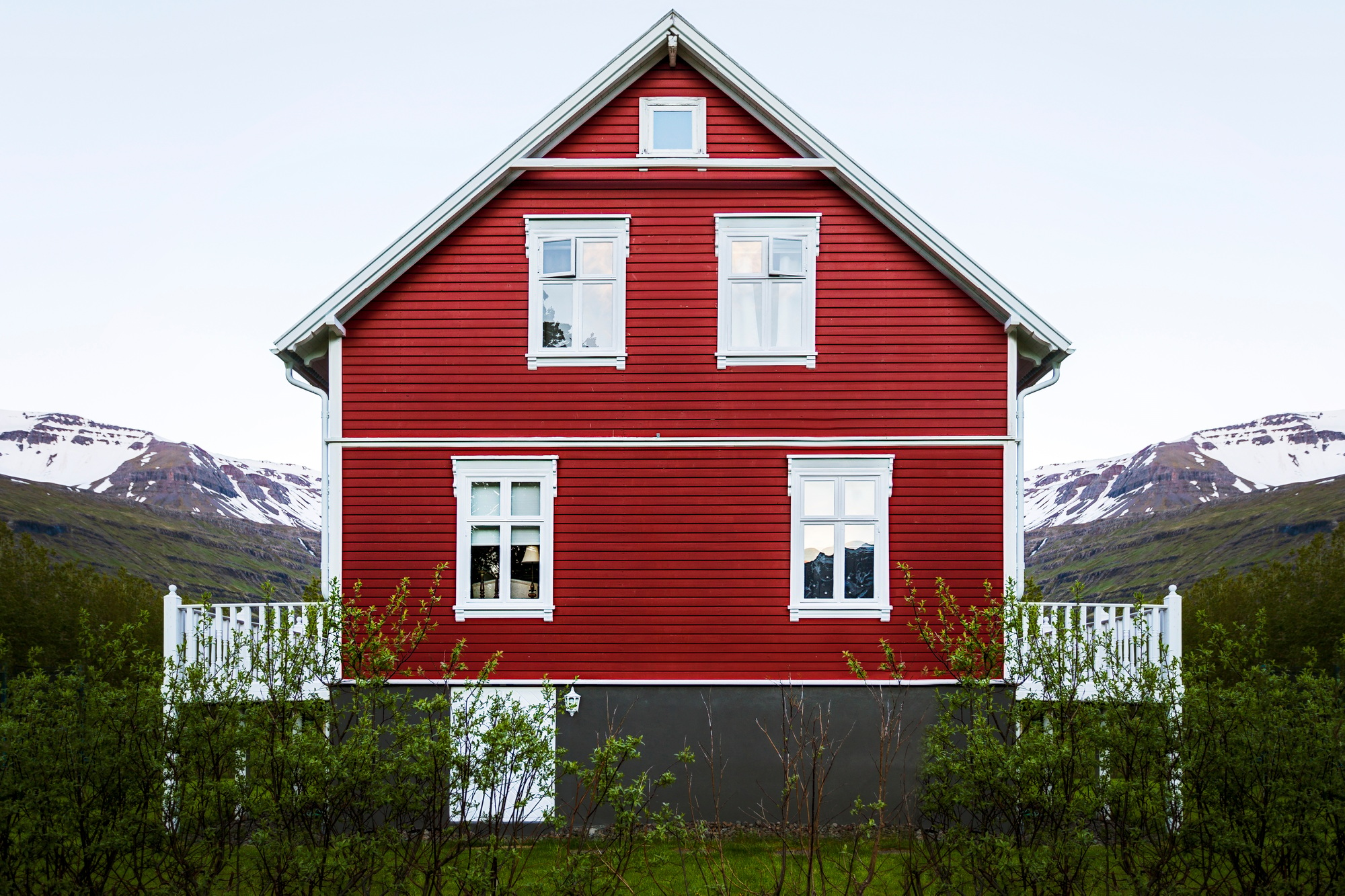Sweden’s picturesque countryside is filled with dark red houses. The color is so common that it has become a defining feature of Swedish rural landscapes1. But why this specific shade of red?
The tradition of painting Swedish houses dark red comes from historical, geographical, and cultural factors. It started with a unique pigment called Falu red, derived from copper mining residues, and continues today for both practical and aesthetic reasons.
This article explores the origins, cultural symbolism, and raw materials behind this iconic red paint. It also explains how iron oxide pigments2 keep this tradition alive in modern Sweden.
The Origin of Dark Red House Paint in Sweden
The use of dark red paint in Sweden dates back to the 16th century. At that time, Swedish aristocrats wanted their wooden homes to resemble the red brick buildings of European cities. However, bricks were expensive, and Sweden had an abundance of timber. The solution? A red pigment made from mining byproducts.
Sweden's red house tradition started with Falu red paint, created from copper mining residues in Falun. This pigment mimicked the brick facades of European cities, making wooden houses look prestigious.
Falu red paint became widely used because it was affordable and durable. By the 18th and 19th centuries, it spread from aristocratic estates to common rural homes. The red pigment was not only visually appealing but also provided protective benefits.
The Role of Geography and Climate
Sweden’s long, harsh winters played a crucial role in the popularity of dark red paint3. The deep color helped houses stand out against snowy landscapes, making them easy to locate in remote areas.
Dark red paint absorbs sunlight, helping to retain warmth in cold climates. It also protects wooden houses from moisture and decay, making it ideal for Sweden’s weather conditions.
Protection Against Harsh Weather
Wooden houses in Sweden are exposed to extreme temperature shifts, high humidity, and heavy snowfall. A good exterior paint must prevent water from penetrating the wood, as moisture leads to rotting. The iron-rich pigment in dark red paint is highly resistant to weathering, making it a practical choice.
Visibility and Aesthetic Appeal
In rural Sweden, villages are often surrounded by vast forests and lakes. The dark red color provides a striking contrast against green trees and white snow. It also creates a sense of warmth and comfort, which is psychologically beneficial in Sweden’s long, dark winters.
Cultural Symbolism Embodied in Dark Red
Over time, the dark red paint became more than just a practical choice—it developed deep cultural significance. Many Swedes associate it with tradition, heritage, and national pride.
Dark red houses symbolize Swedish rural identity. They represent a connection to history, simplicity, and sustainability, making them a beloved part of the national landscape.
A Marker of Tradition and Simplicity
For centuries, red-painted wooden homes4 have been a symbol of modesty and harmony with nature. Unlike the grand stone buildings of cities, red wooden houses represent a more grounded and sustainable way of living. Even today, many Swedes prefer this traditional look over modern alternatives.
Sustainability and Eco-Friendliness
The classic Swedish red paint is made from natural materials, making it an environmentally friendly option. With growing concerns about sustainability, many homeowners continue to choose red paint as a way to honor traditional, eco-conscious building practices.
Raw Materials and Production
The signature dark red paint of Sweden owes its durability and color to iron oxide pigments, particularly iron oxide red. Originally derived from the Falun copper mines, modern production now relies on synthetic iron oxide pigments for consistency and availability.
Iron oxide red is a highly stable pigment that provides excellent color retention, UV resistance, and protection against moisture—making it ideal for Sweden’s climate.
The Role of Iron Oxide Red in Swedish Paint
Iron oxide red pigments are widely used in exterior paints due to their exceptional properties:
| Property | Benefit for Swedish Houses |
|---|---|
| High UV resistance | Prevents fading, even in strong sunlight |
| Excellent durability | Protects against harsh weather conditions |
| Moisture resistance | Prevents wood rot and decay |
| Eco-friendly | Non-toxic and derived from natural minerals |
Traditional Falu red paint was originally made by boiling iron-rich mining residues with linseed oil. Today, synthetic iron oxide pigments replicate the same deep red color while offering even better performance in terms of longevity and consistency.
Modern Revival and Continued Prevalence
Despite advances in paint technology and a wide variety of color options, Sweden’s dark red houses remain as popular as ever. The nostalgic appeal, combined with practical advantages, ensures its continued use in modern construction.
The use of iron oxide red pigments in modern paints allows Swedish homes to maintain their iconic look while benefiting from improved durability and sustainability.
The Role of Iron Oxide Pigments in Modern Construction
Today, manufacturers use iron oxide red pigments to produce high-quality exterior paints with superior weather resistance. These pigments ensure that the deep red color remains vibrant for decades, even under extreme environmental conditions.
The Influence of Tradition on Modern Homes
While contemporary Swedish homes incorporate modern materials and energy-efficient designs, many homeowners still choose the classic dark red paint. This is partly due to cultural heritage but also because of its proven durability and protective qualities.
XT Pigment’s Contribution
At XT Pigment, we specialize in high-quality iron oxide red pigments that meet the needs of modern construction. Our pigments provide:
- Consistent color quality for every batch
- Superior weather resistance for long-lasting performance
- Customizable solutions to match traditional Swedish red tones
By using iron oxide pigments, homeowners and builders can preserve Sweden’s architectural heritage while ensuring long-term protection for their properties.
Conclusion
The prevalence of dark red houses in Sweden is no accident. It originated from a desire to imitate European brick buildings, but over time, it became deeply ingrained in Swedish culture. The choice of dark red paint is not just aesthetic—it offers protection against harsh weather, enhances visibility, and symbolizes national heritage.
Iron oxide red pigments continue to play a vital role in keeping this tradition alive. Whether in traditional wooden cottages or modern eco-friendly homes, Sweden’s red houses remain a timeless and practical choice. Through companies like XT Pigment, the legacy of Swedish red paint continues, combining history with modern innovation.
-
Explore the unique characteristics of Swedish rural landscapes, including the iconic dark red houses that symbolize the region. ↩
-
Learn about the role of iron oxide pigments in contemporary paint, ensuring the continuation of traditional Swedish aesthetics. ↩
-
Explore how dark red paint can enhance warmth retention and protect homes in harsh winter conditions. ↩
-
Explore the rich history and cultural significance of red-painted wooden homes, a symbol of modesty and harmony with nature. ↩


